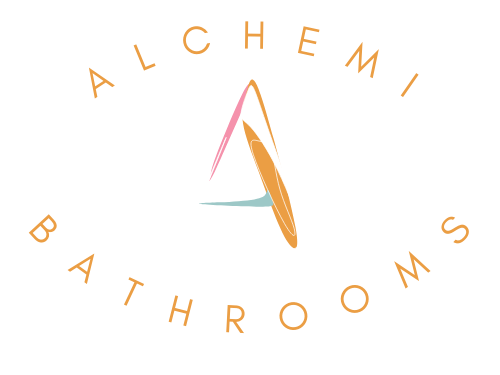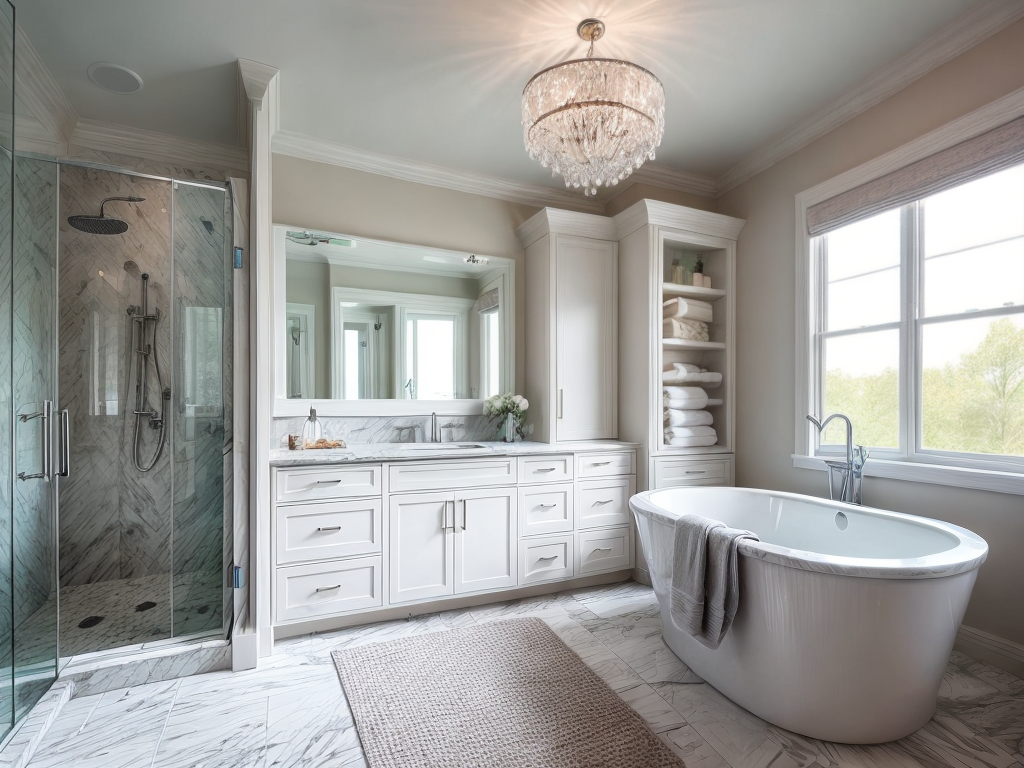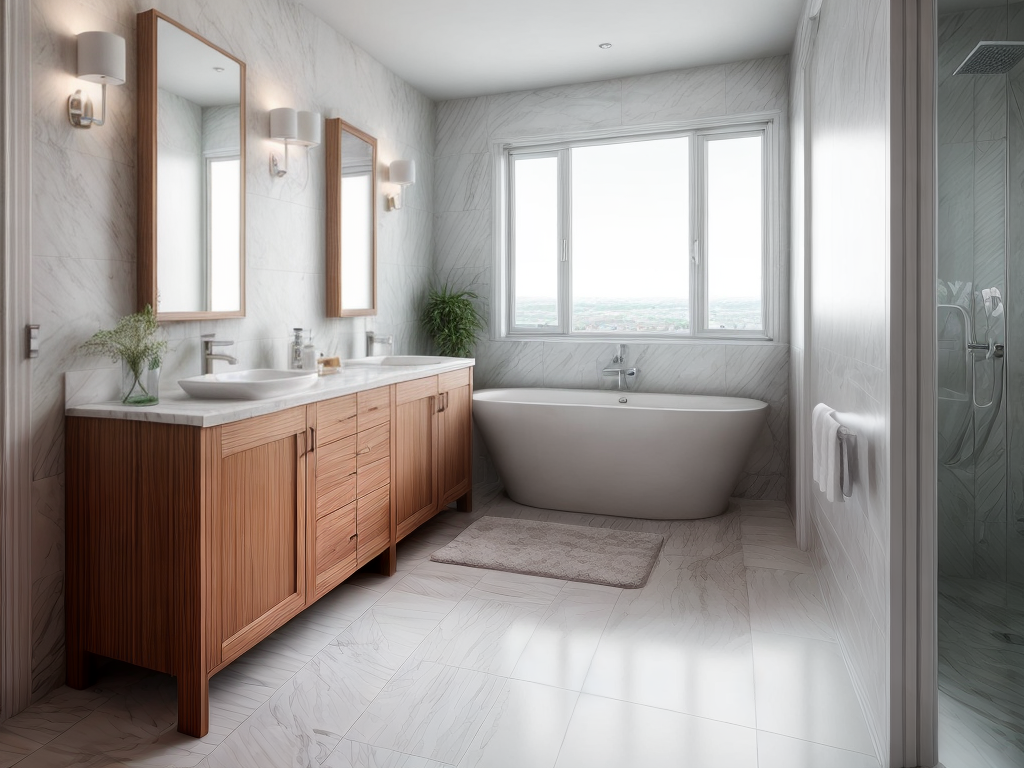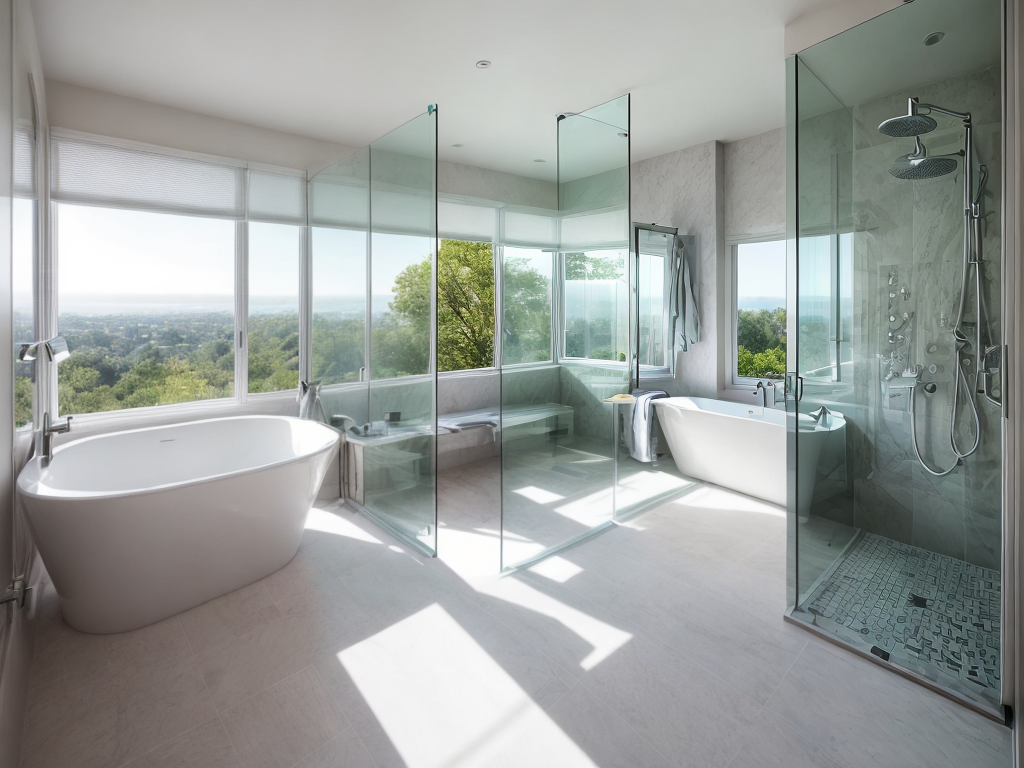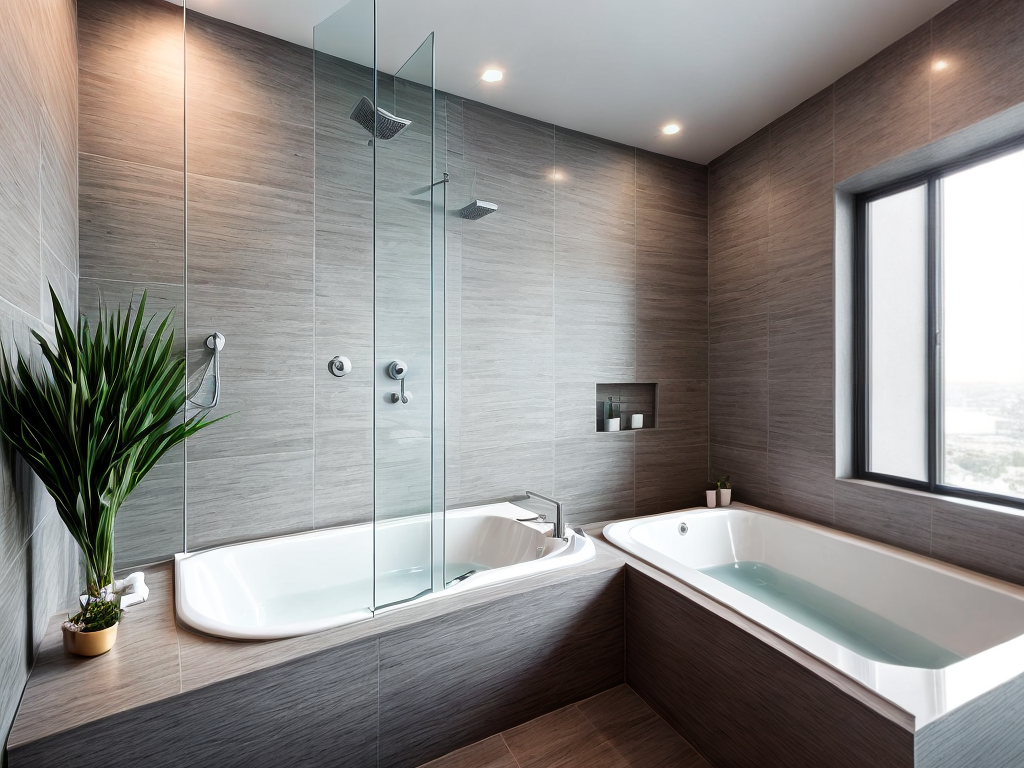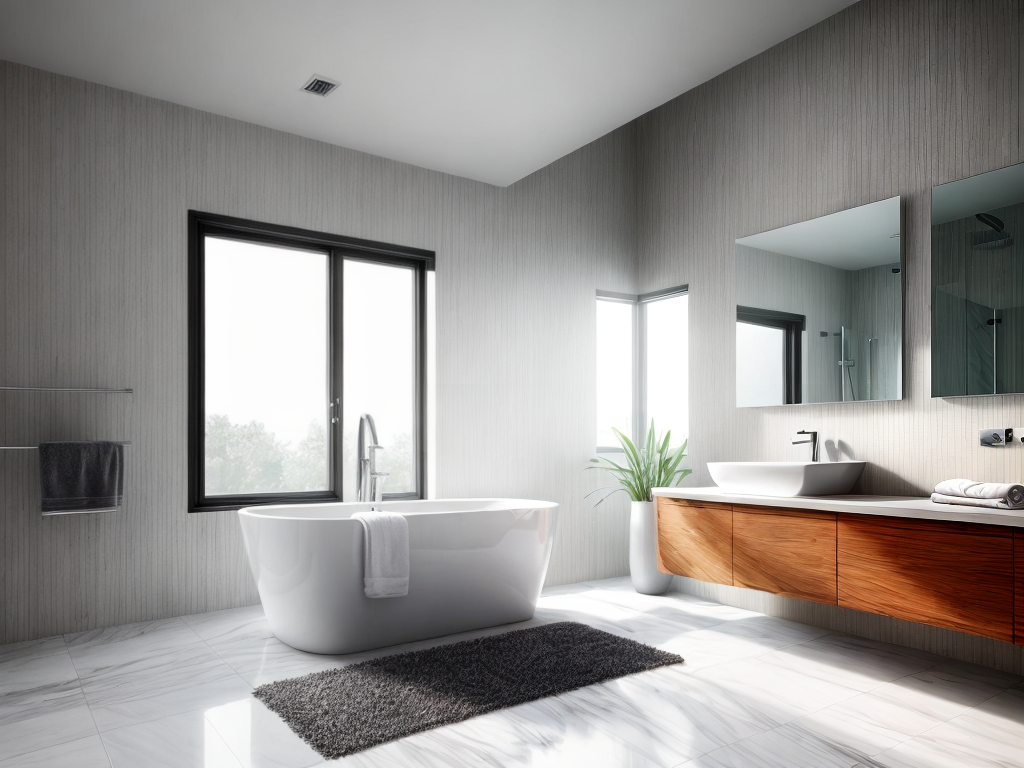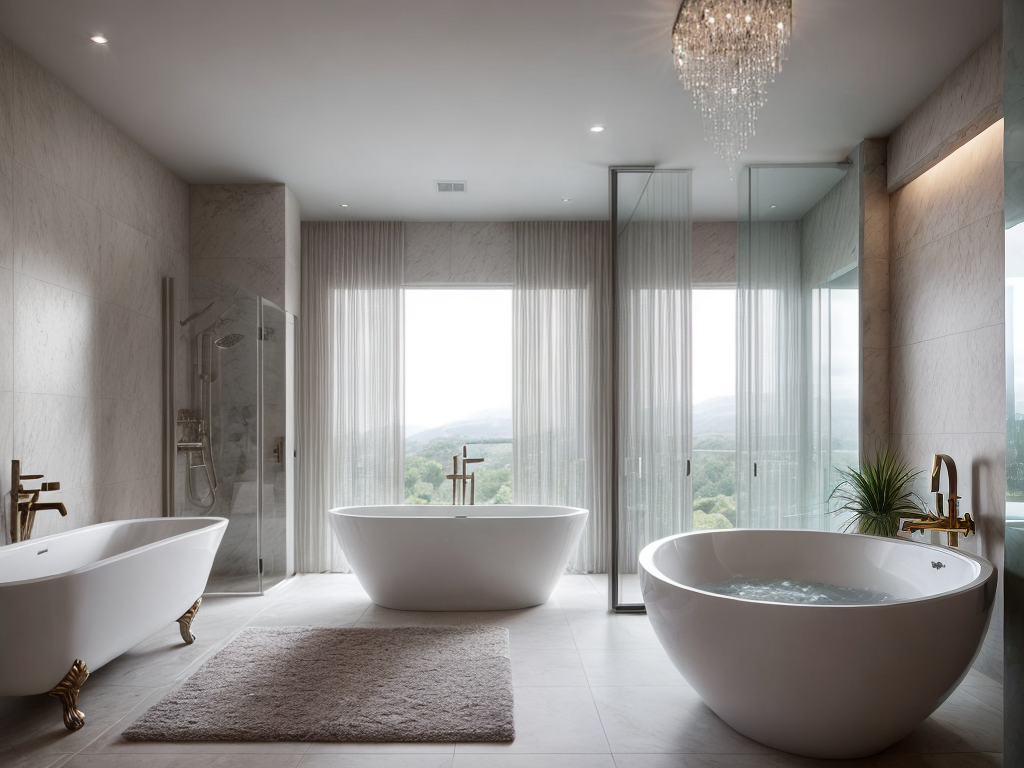
Best Bathroom Renovation and Upgrade Designs
Welcome to our guide on the 7 best bathroom renovation and upgrade designs! We’ve scoured the design world to bring you a collection of sleek and minimalist spaces, vintage havens, and even industrial-inspired retreats. Whether you’re craving a nature-inspired oasis or a spa-like escape, we’ve got you covered. Get ready
